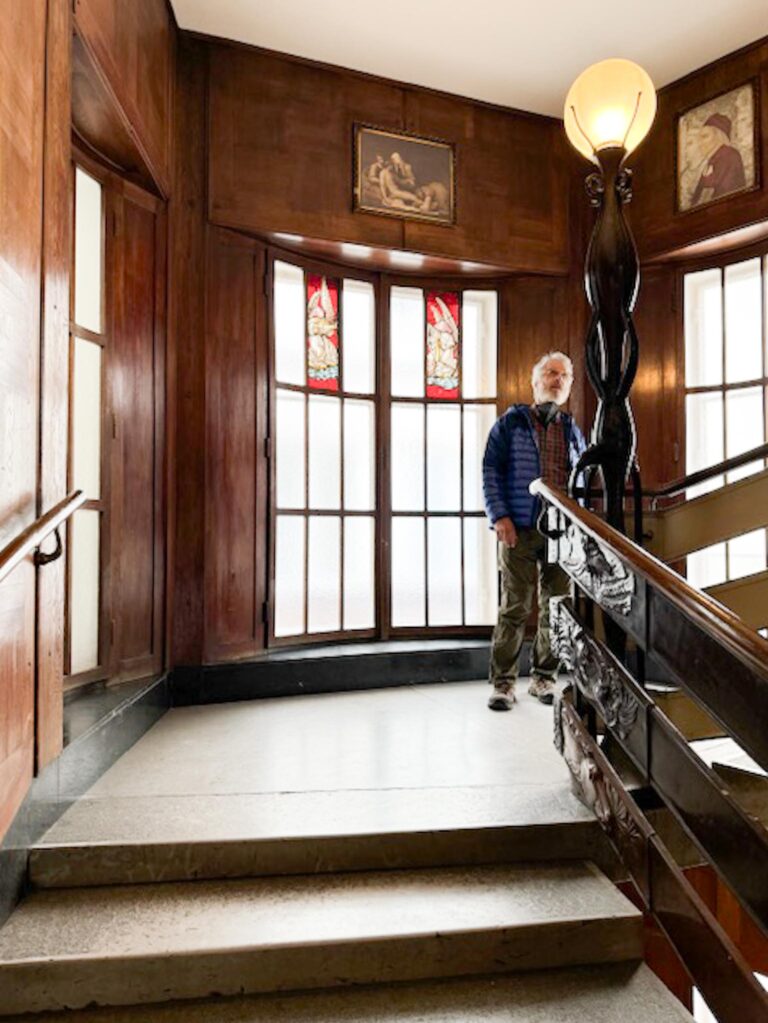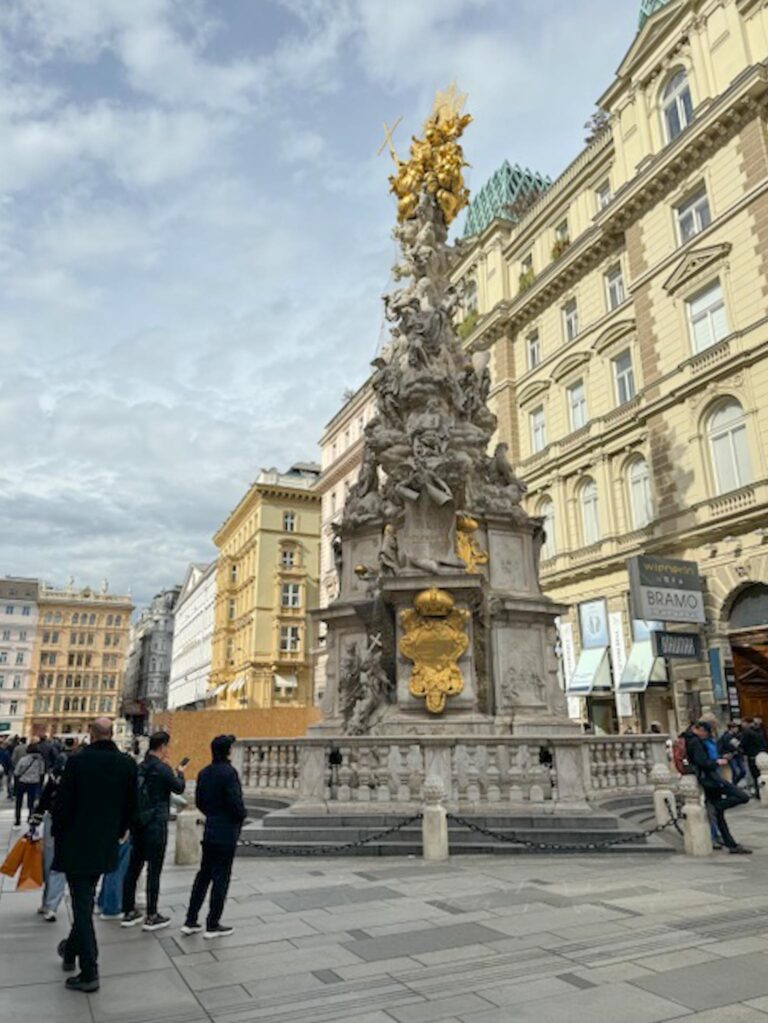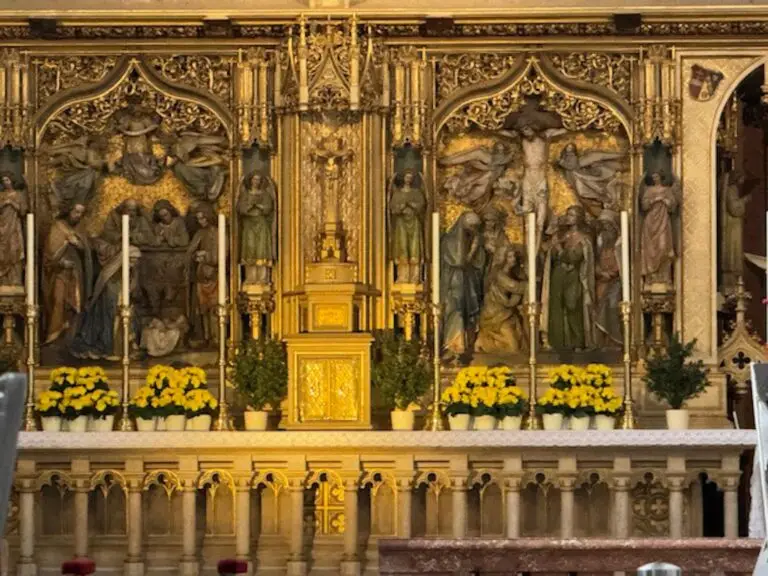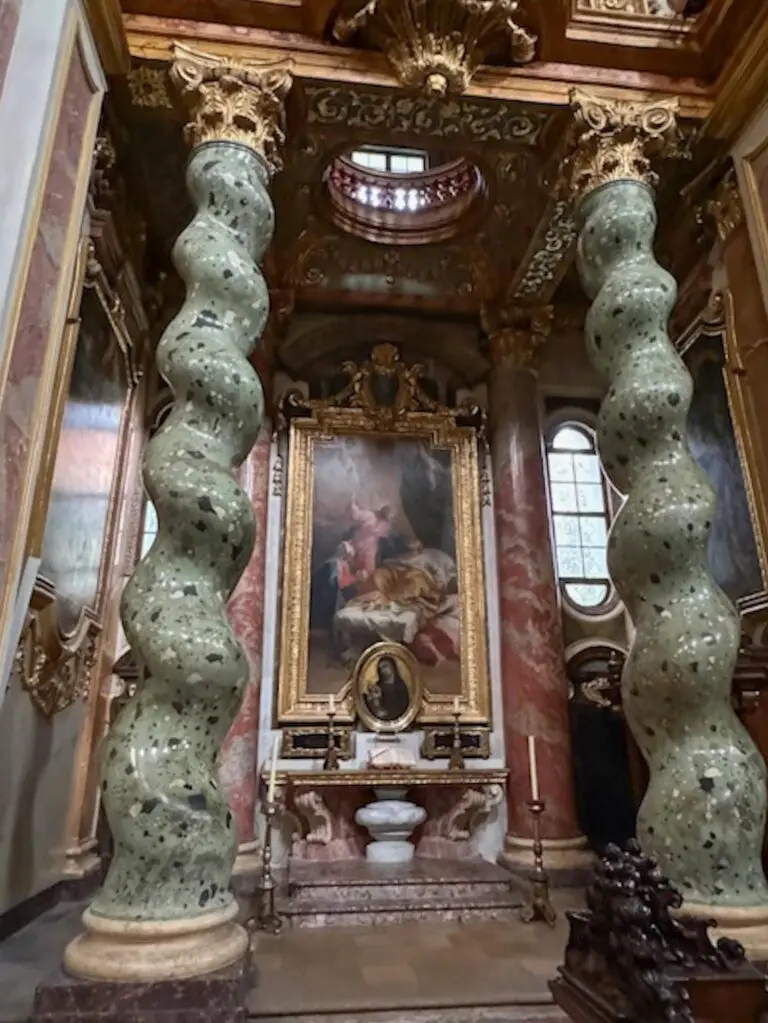Apologies for another long post, but there was much to see on our first full day in Vienna. Since we are revisiting sights seen when my parents lived in Vienna and we were able to visit, it is definitely a nostalgia tour as well as some new sights.
10:14 am to 8:03 pm. 8.27 miles, 23,442 steps, elevation gain 310 feet. Cloudy but warm and no rain.
Richard’s Relive can be viewed for today. Click here: https://www.relive.cc/view/vxOQLdYjKMv













































4 Responses
Looked like a very busy day. At least no hillside areas you had to hike up to. I remember the churches and cathedrals that we visited in Vienna and especially remember St. Stephen’s. Looks even more majestic in your pictures than I remembered. So much to see and do. Luckily you both are in such good shape and avid walkers that you take in so much more in than the average visitor can. Enjoy your time there and memories from the past.
Dan
It was a busy day but enjoyable for the most part. I was a bit disappointed in St. Stephen’s as now they charge to go past the periphery, and it was dark and crowded, and rather loud. My favorite church was the Augustine Church and the triangular monument. The church was simpler but grand in its history. We had such fun at Octoberfest just soaking up the joy everyone felt in their shared culture and tradition. Not quite the Munich celebration, but still a fun time for all.
Don’t apologize for all the long posting of pictures. It really gives us insight into the fullness of what you are seeing and experiencing. Get a good sense of what you appreciate (sights, people, and culture) and what’s special in your journey. Also, brings back memories of our own journeys, too.
Dan
I know not everyone will appreciate how many churches and how many pictures I post. We hope people will breeze through those that may not interest them, but we really love the blog for ourselves and to remember each and every day. It’s a bonus when people follow along and “chat” with us about the sights.